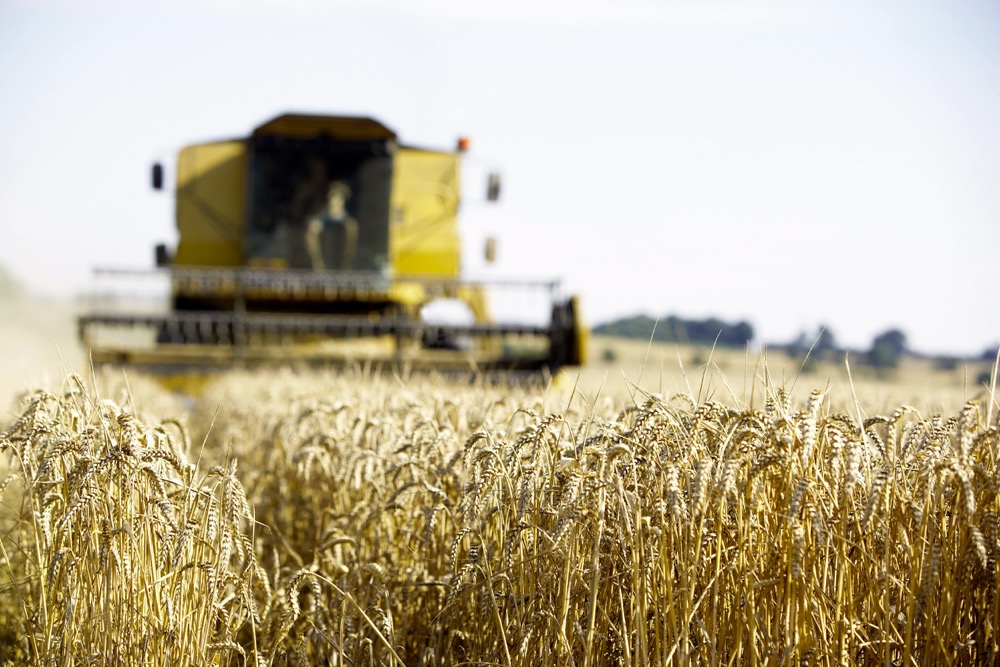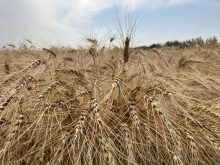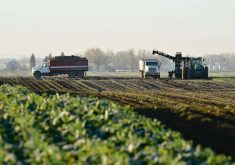Despite challenging growing conditions, there was plenty of encouraging news in the first provincial crop report of the month.
Dryland yields were running 12 per cent above the five-year average (which was lowered by last year’s drought) and nearly eight per cent higher than the 10-year average, says the Sept. 6 report.
Despite an extremely dry start and finish, the June rains delivered a big payoff, particularly in the south, with yields estimated to be 21 per cent above the five-year average. The caveat is that those were five dry years, so yields are far behind the other four regions in the province by a wide margin except for peas.
Read Also

Canola’s clubroot success story
At one time, scientists, agronomists and growers were extremely worried clubroot would spread across the Prairies and devastate Canada’s canola industry.
The report estimates provincial wheat yields will average 52.8 bushels an acre, with the central region leading the pack at 60.6 and the south trailing at 41.1.
The central region is also the clear leader in barley yields, with an average of 84.6 bushels an acre. The northeast and northwest are slightly above the provincial average of 73.2 bushels an acre, the Peace slightly below that average and the south well behind at 56.8.
The range in canola yields is tighter, with the Peace about three bushels behind the provincial average of 41, the south further back at 34 and the remaining trio beating the average by two or three bushels an acre.
Quality was also coming in better than the five-year average for most crops in most regions and things might have been far different if rains hadn’t come at the right time, the report suggests.
“Over the past 30 days, most parts of the province have experienced ‘once in 50-years’ warmer than normal temperatures and received below normal rainfall,” it states. “In addition to a cool wet start to the season, which saved soil moisture reserves, June rainfalls were largely responsible for supplying enough moisture for crop growth.”















